Optimal Timing for Stamped Concrete Projects
Timing plays a crucial role in achieving optimal results for stamped concrete projects. The weather conditions, temperature, and humidity levels significantly influence the curing process and the final appearance of stamped concrete surfaces.
Spring and early fall are generally considered the best seasons for stamped concrete installation due to moderate temperatures and lower humidity levels.
Ideal temperatures range from 50 to 85 degrees Fahrenheit. Temperatures outside this range can affect the curing process and the quality of the stamp pattern.
Avoid installation during rain, extreme heat, or freezing conditions. Moisture and temperature fluctuations can compromise the appearance and durability.
Spring and fall typically offer longer periods of stable weather, allowing for consistent curing times and better results.
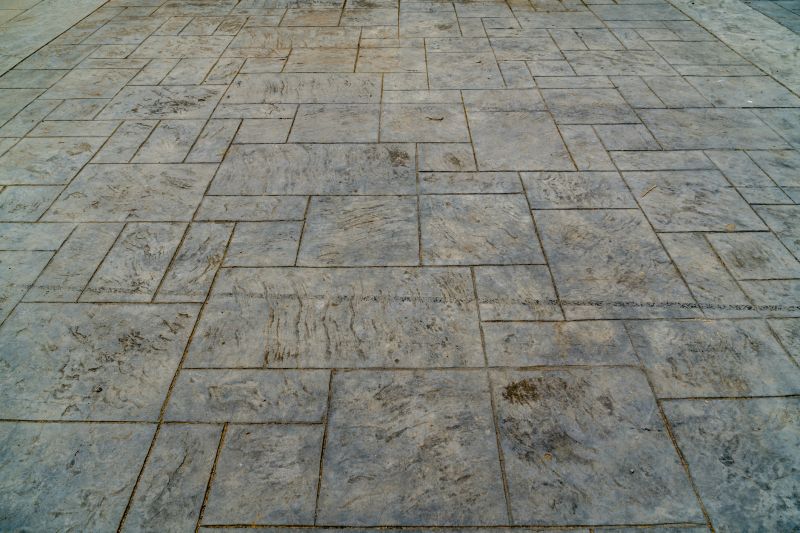
A detailed stamped concrete pattern showcasing intricate designs and textures.
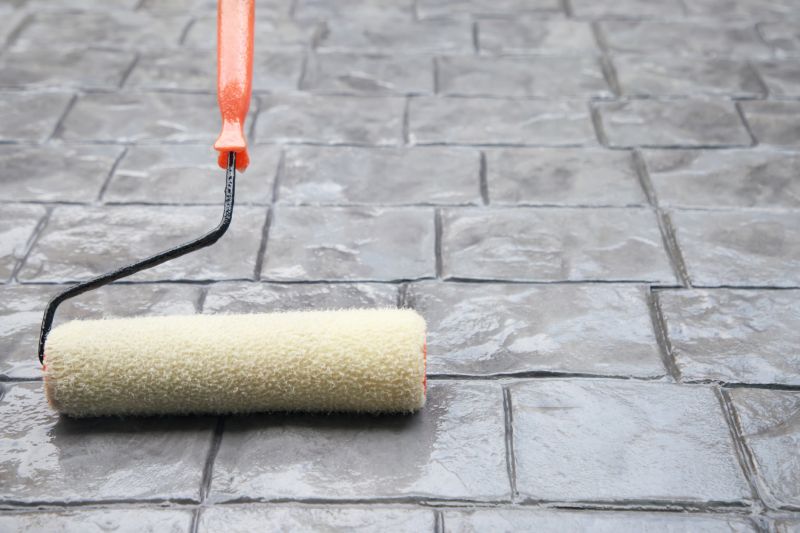
Coloring techniques applied to enhance the aesthetic appeal of stamped concrete surfaces.
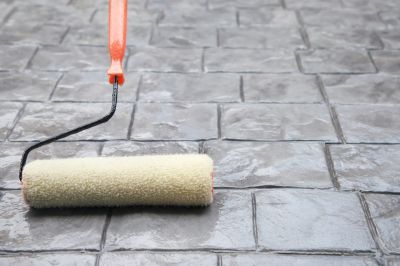
Finished surface with a protective sealant for durability and visual enhancement.
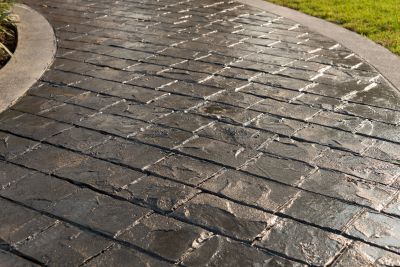
Ways to make Stamped Concrete Service work in tight or awkward layouts.

Popular materials for Stamped Concrete Service and why they hold up over time.
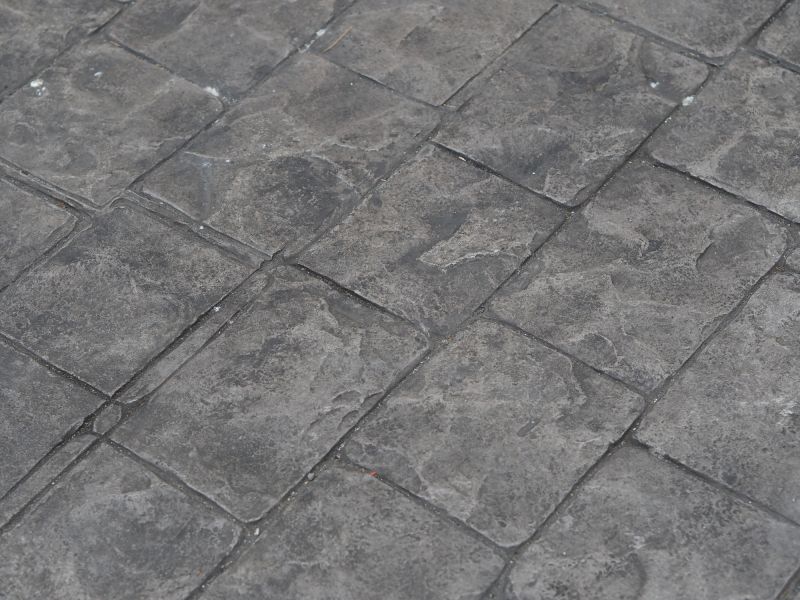
Simple add-ons that improve Stamped Concrete Service without blowing the budget.
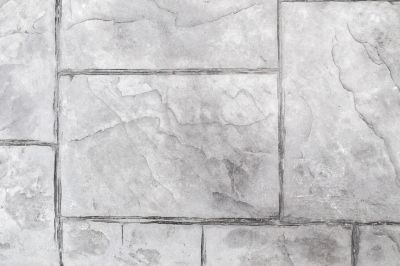
High-end options that actually feel worth it for Stamped Concrete Service.

Finishes and colors that play nicely with Stamped Concrete Service.
Stamped concrete service involves creating decorative patterns and textures on concrete surfaces to mimic the appearance of natural stone, brick, or slate. This technique enhances curb appeal and adds value to residential and commercial properties. Proper timing ensures the concrete is installed under optimal conditions, resulting in a more durable and visually appealing finish. The process includes pouring, stamping, coloring, and sealing, each stage benefiting from ideal weather conditions to prevent issues such as cracking, uneven coloring, or surface imperfections.

A detailed view of a stamped concrete surface showing texture and pattern.

Application of color to enhance the visual appeal of stamped concrete.

Sealing process to protect the surface and extend its lifespan.
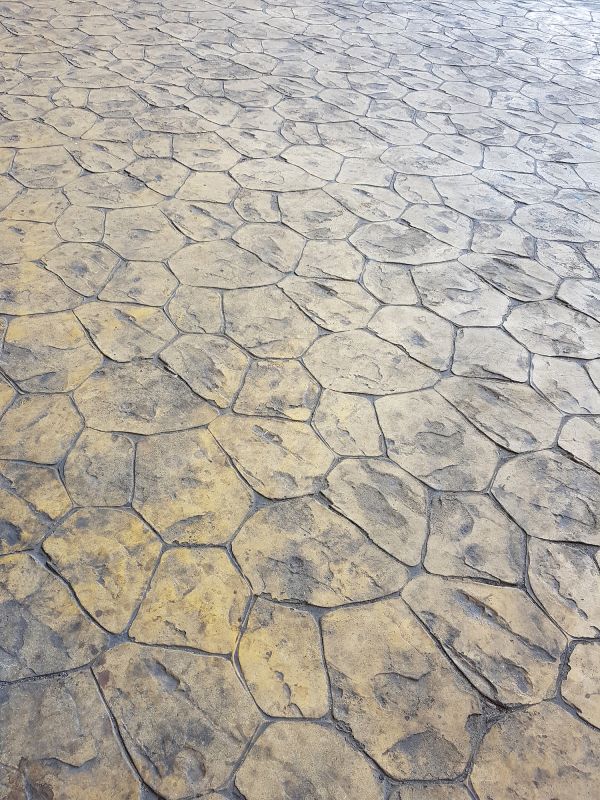
Completed stamped concrete driveway with decorative pattern and color.

Little measurements that prevent headaches on Stamped Concrete Service day.
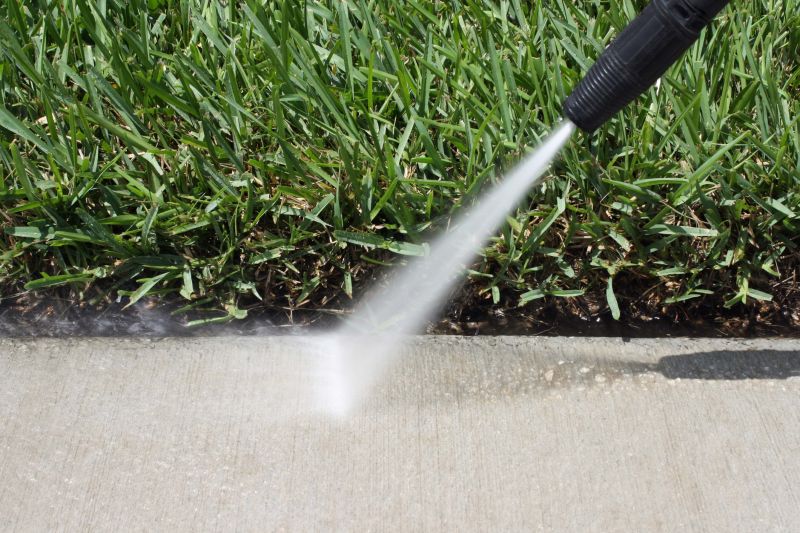
A 60-second routine that keeps Stamped Concrete Service looking new.
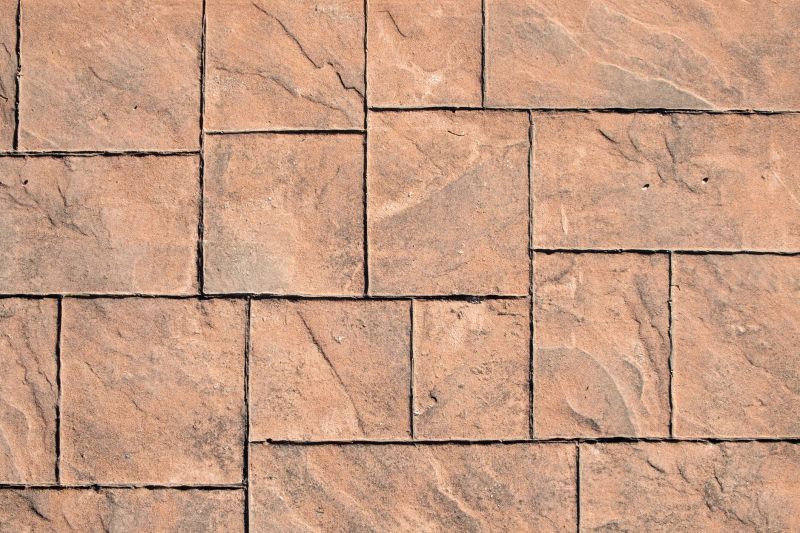
A frequent mistake in Stamped Concrete Service and how to dodge it.
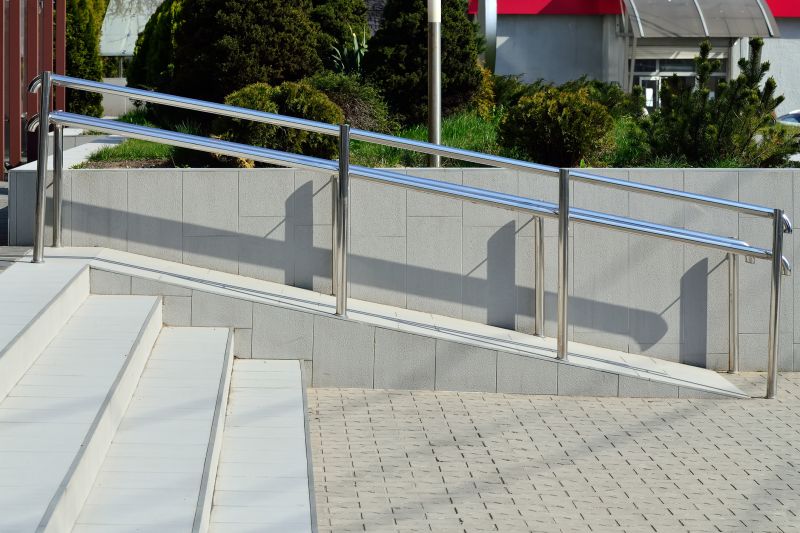
Small tweaks to make Stamped Concrete Service safer and easier to use.
| Ideal Installation Conditions | Details |
|---|---|
| Temperature Range | 50-85°F (10-29°C) |
| Humidity Levels | Moderate humidity preferred |
| Weather | Clear, dry days without rain |
| Surface Preparation | Properly graded and free of moisture |
| Curing Time | At least 24-48 hours of dry weather |

